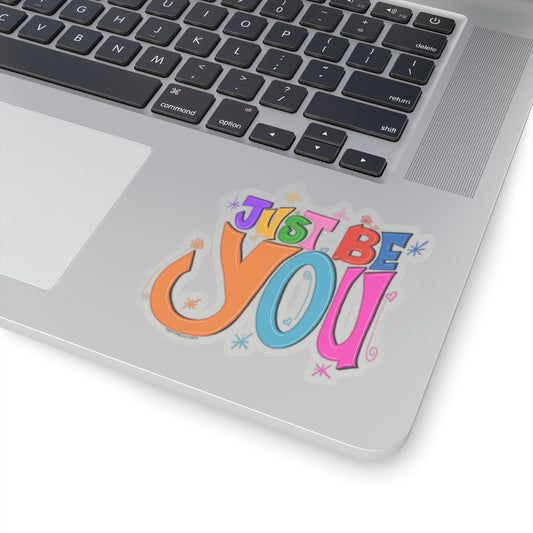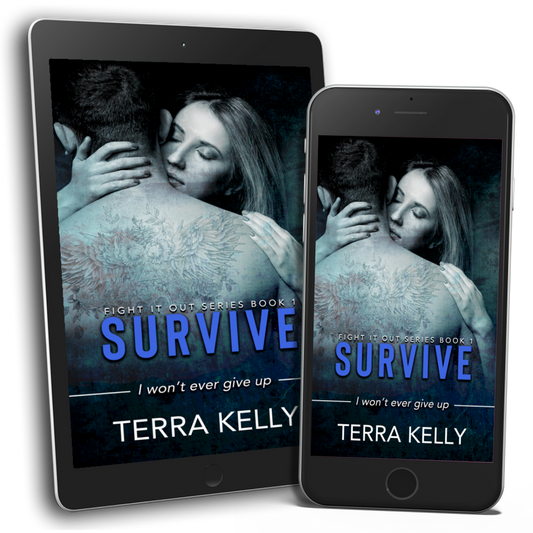One worm was in a cucumber, and I almost shut my whole garden down.
I thought I failed at gardening.
Spoiler Alert: I didn’t.
When writing this blog, it’s March in the south, and time to start prepping the garden. This is my second year of gardening, and I’m excited to grow everything.
A seasoned gardener might’ve said I should’ve been prepping the garden in January or February. The difference is I’m not a seasoned gardener. There are still things I’m figuring out and trying to understand.
Let’s talk about my first year of gardening and why I almost shut the whole thing down.

Here are five things to remember when starting your garden:
- Companion planting is so beneficial for your garden.
- Some bugs are good for the garden and will eat the bad ones.
- Food waste is amazing to reuse in the garden.
- It takes more than just one type of dirt to make the garden flourish.
- It’s not always about adding more water; some plants need little to none.
My husband and I moved into a home in the Fall of 2021 that had a huge garden. I’m not exaggerating when I say huge, either.
The garden had a fence, so the space was perfect.
I have wanted a garden for years but haven’t been in a space where I could start a garden.
NOTE: That last sentence is a lie, but that’s what I thought all these years. I know it’s wrong because I see people with the tiniest or oddest spaces, and their gardens are amazing. I’ve even learned about container gardening, which is a game changer.
When I think about my Tucson home and the big backyard, I could’ve enjoyed a really fun garden all year.
That’s why I’m writing this blog, to share my experience in hopes it inspires you to start your garden.

The new house we moved into with the big garden has been the best thing that could’ve happened. I’ve learned so much and want to grow so many things.
To give you a perspective, the garden is about 20 yards long and 10 yards wide.
It’s crazy huge for a first-time gardener.
How I set up the garden my first year:
- First, I tried the cardboard method, which choked out the weeds. Then you add topsoil and compost on top of the cardboard. Finally, you add the seeds; in theory, the plants will grow. (This method is actually really good.)
- My first problem, North Carolina red clay is not easy to work with and takes more than just the cardboard method to make things grow beautifully (especially if you’re a first-time gardener).
- So, I returned to the drawing board and started learning about container gardening. Then bought several of the fabric containers on Amazon. I used topsoil, compost, peat moss, fertilizer, and worm casting in the containers. That all worked, and I had a flourishing garden.
It’s true; my garden was finally a success until about July…
Then the temperatures rose, and the pests became a problem. They destroyed my zucchini plants and went to town on my cucumbers. Oh, and I had some fun with white mold that can occur on plants (and kill them).
Can I tell you the truth?
I started to doubt my gardening ability and if I was cut out for this adventure.
Then, when I was battling those irritating pests, my ten tomato plants started to produce a ton of tomatoes. I’m not kidding; I had so many cherry tomatoes until maybe the end of October.
The tomatoes are why I changed my mind and realized I could be a good gardener… and a damn good one.
We haven’t even talked about all the herbs I grew. So many.
So, yeah, I was officially a gardener.

Let’s fast forward to this year, my second year of gardening.
How we’ll set up the space for our second year of gardening:
- Hubby and I decided because we have the red clay, let’s go ahead and build raised beds.
- I’ll use the containers for some of the vegetables. They’ll be perfect for the potatoes, some flowers, and maybe extra herbs.
- The raised beds will be about 24 inches high, more than enough space for growing several different vegetables and beautiful flowers. Hubby will also build a small raised bed for just my herbs.
- We plan to section off an area for my compost pile. There will be three bins and a whole process involved, which I’m excited to start. So much food is wasted from cooking, and reusing it in the garden makes sense.
- On the wish list is a cheap little greenhouse for the winter months.
Here’s what I plan to grow for my second year of gardening. (I sectioned them into “Fresh Eating,” Preserve,” and “Wish List.”) You’ll notice I repeat some items because I want them fresh, and I want to preserve them, too.
Fresh Eating:
- Radishes, beans, lettuce (several varieties for me and the bunnies), tomatoes, bell peppers, onions, peas, carrots, celery, cucumbers, squash, garlic, herbs, eggplants, cauliflower, spinach, broccoli, kale, scallions, potatoes, turnip greens, strawberries, blueberries, hot peppers, and leeks.
Preserve:
- Beans, beets, scallions, tomatoes, carrots, cucumbers, garlic, herbs, spinach, potatoes, rhubarb, strawberries, blueberries, hot peppers, onions, peas, and squash.
Wish List (because I may not be ready to learn these this year):
- Pumpkins, cabbage, collards, melons.
It’s 2023 at the time I’m writing this blog, and the weather in North Carolina is very odd. We’ve had a hot winter. All of February was basically in the ’60s and ’70s. Normally it’s the coldest month.
For my region, Zone 7, you usually start your garden after the last frost, usually around April 15th. (You can start working with seeds that like colder temps a little earlier.) This year, though, it’s probably safe to start early with everything.
It’s super helpful to find out what zone you’re in for your region. Once you find that zone, you’ll get so much information on when to grow, what to grow, and other helpful tips.
First steps for my second year of gardening:
- Sow seeds.
- Clean area where we’ll build raised beds.
- Clean up the compost pile that’s looking messy.
- Clean up other areas in the yard outside of the big garden space.
Ways to reduce and reuse:
- Save plastic food containers that have lids. They’re perfect for a mini greenhouse for your seedlings. Then, if the temperatures do drop, they would be protected.
- Start saving food wasted, and if you make coffee, save the grounds.
- If you make homemade yogurt, don’t throw away the whey you strain off the yogurt. That whey is perfect in the garden and has wonderful calcium for your tomato plants.
Gardening may feel like too much work, but it’s calming and gives you those workout minutes for the day.
Something else I discovered, it’s rewarding.
Seriously, you can grow your food and save so much money, which is a huge plus.
If you have bunnies like me, they’ll love all the goodies you grow.
It doesn’t matter what size space you have; it’s possible to grow something.
Having a garden is an exciting bonus if you love to cook or bake. There are so many recipes I want to make with all the beautiful ingredients.
Do you like to garden? What do you look forward to growing in your garden this year?
If you don’t garden, what holds you back from starting?
Never miss a recipe – sign up for Terra Kelly's newsletter and receive a FREE cookbook with recipes inspired by the characters in her books.
Plus, you'll get new recipes, blogs, book, and store updates right in your inbox.




